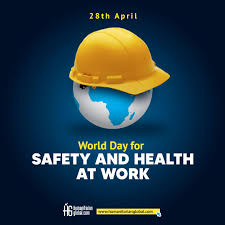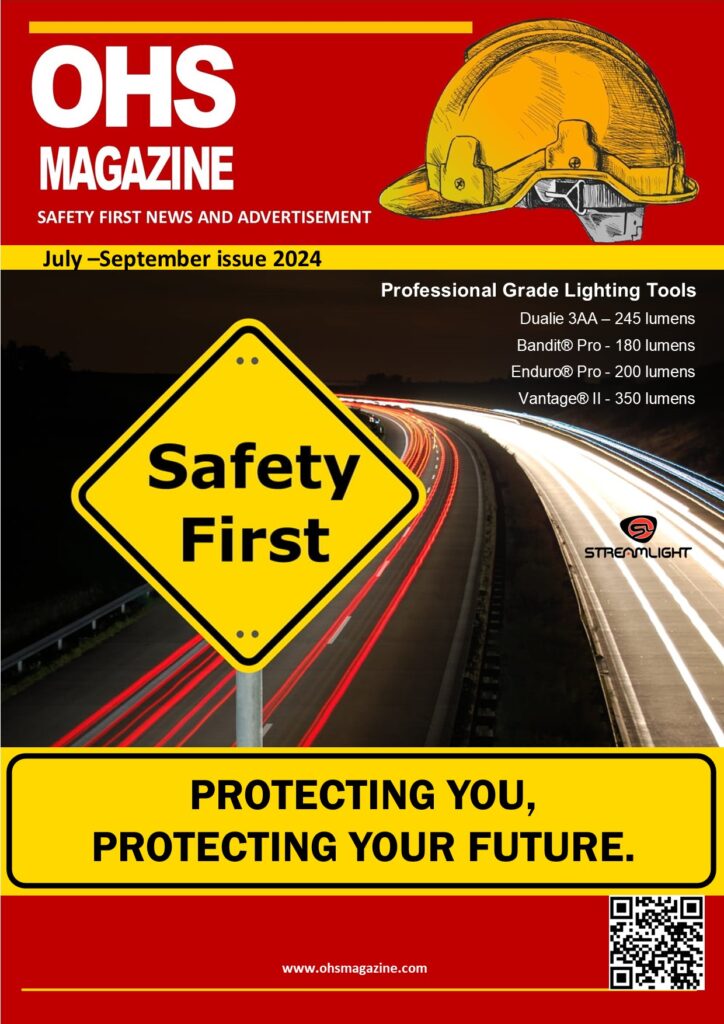What You Need to Know About the Latest Chemical Exposure Regulations in 2025.As the world becomes increasingly focused on worker safety, environmental impact, and sustainability, the regulation of hazardous chemicals has undergone a significant transformation. In 2025, sweeping updates to chemical exposure regulations are reshaping how companies manage risk, train employees, and document compliance. Whether you’re in manufacturing, healthcare, agriculture, or tech, these changes could directly impact your operations.
Here’s a comprehensive look at what you need to know about the 2025 updates to chemical exposure regulations, including real-world examples of how businesses are adapting.
🔍 Overview: Why the 2025 Updates Matter
Governments and international bodies are responding to emerging research that links even low-level chemical exposures to long-term health effects. With a growing list of substances under scrutiny, regulatory agencies like the Occupational Safety and Health Administration (OSHA) in the U.S., the European Chemicals Agency (ECHA), and others are tightening permissible exposure limits (PELs), expanding hazard classifications, and increasing enforcement efforts.
Key drivers include:
Advances in toxicology and exposure monitoring
Worker health studies linking exposure to chronic conditions
Growing pressure from environmental and labor advocacy groups
Alignment with global frameworks like the Globally Harmonized System (GHS)
🧪 Key Regulatory Changes in 2025
1. Lowered Exposure Thresholds for Common Substances
Many chemicals that were previously considered safe at certain levels now have significantly reduced PELs. Examples include:
Formaldehyde: Limit lowered from 0.75 ppm to 0.3 ppm (8-hour TWA)
Benzene: Revised action levels now trigger earlier medical surveillance requirements
PFAS (Per- and Polyfluoroalkyl Substances): Now regulated under workplace exposure standards in several countries
2. Expansion of the “Presumed Hazardous” List
Regulators have introduced a Precautionary Classification Tier. Substances lacking complete toxicological data but showing potential harm in early studies are now included under provisional restrictions. This impacts industries using solvents, flame retardants, and certain nanomaterials.
3. Mandatory Real-Time Exposure Monitoring
Many jurisdictions now require continuous or real-time monitoring in high-risk environments, using wearable sensors or automated detection systems to track exposure data.
4. Stronger Reporting and Training Standards
Regulations now mandate:
Annual retraining on chemical hazards
Interactive hazard communication systems, such as digital SDS databases
Exposure event logging, including near-misses
5. Increased Liability for Non-Compliance
Fines have increased substantially, with some countries introducing criminal liability for severe or repeat violations. Multinational companies are especially impacted by cross-border regulatory harmonization efforts.
Case Studies: How Companies Are Adapting
✅ Case Study 1: EcoFab Textiles (USA)
Industry: Textile Manufacturing
Facing stricter limits on dye and solvent fumes, EcoFab implemented a full ventilation overhaul and adopted closed-loop chemical systems. They also invested in real-time air quality monitoring and retrained their staff using VR-based chemical safety simulations. Result? A 40% drop in workplace exposure incidents and full compliance with the 2025 OSHA updates.
✅ Case Study 2: Medigen Labs (EU)
Industry: Biopharma
Medigen had to revamp how they handle carcinogenic lab reagents. Their strategy included installing automated chemical mixing systems, adopting chemical tracking software aligned with GHS 9.0, and developing a chemical waste minimization program. They’re now a model case for ECHA compliance.
✅ Case Study 3: AgroNext (India)
Industry: Agricultural Chemicals
AgroNext transitioned to using bio-based alternatives for some high-risk pesticides now under restriction. They collaborated with local regulators and universities to pilot new formulations, and introduced digital tracking of field chemical use via drones and sensors.
🔧 What Businesses Should Do Now
Audit Your Chemical Inventory
Cross-reference with the latest regulatory lists and PEL thresholds.
Implement or Upgrade Monitoring Tools
Explore wearable exposure devices, IoT-linked air sensors, or centralized monitoring dashboards.
Train Proactively
Go beyond the legal minimum with engaging, role-specific chemical safety training.
Build a Cross-Functional Compliance Team
Include EHS, legal, procurement, and operations teams to address regulations holistically.
Engage with Regulators Early
If you’re unsure about a substance or process, consult directly with your local enforcement agency or participate in public comment periods.
🔮 Looking Ahead
With climate-related risks and sustainability commitments accelerating, expect even more integrated regulations that combine chemical exposure limits with broader ESG metrics. Compliance won’t just be about worker safety — it’ll also be a brand reputation issue, an investment consideration, and a core operational strategy.
✅ Final Thoughts
The 2025 updates to chemical exposure regulations mark a turning point for occupational health and environmental responsibility. While they introduce new compliance challenges, they also present opportunities for innovation, safer workplaces, and stronger stakeholder trust. Companies that act early and adapt intelligently will be best positioned for long-term resilience and success.






